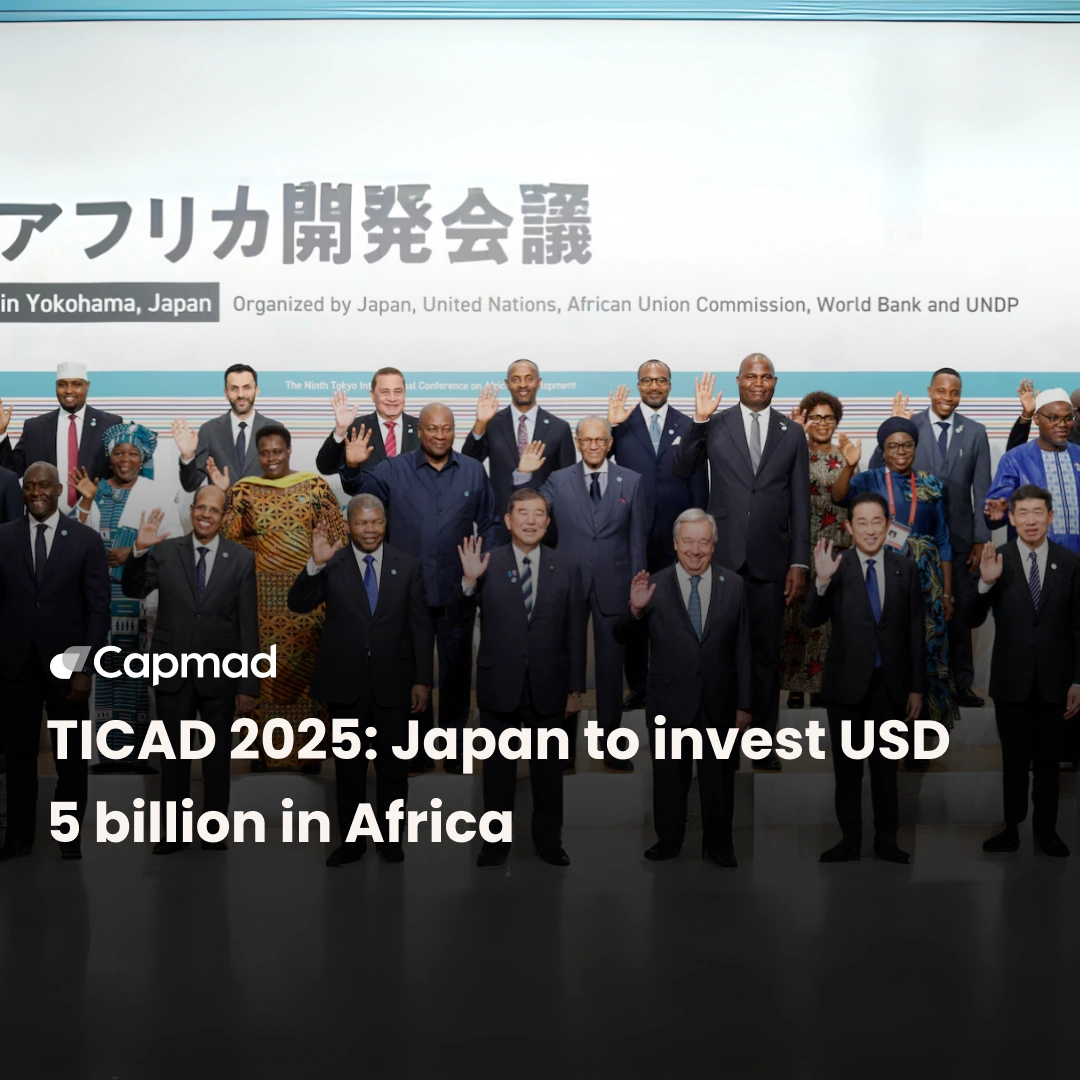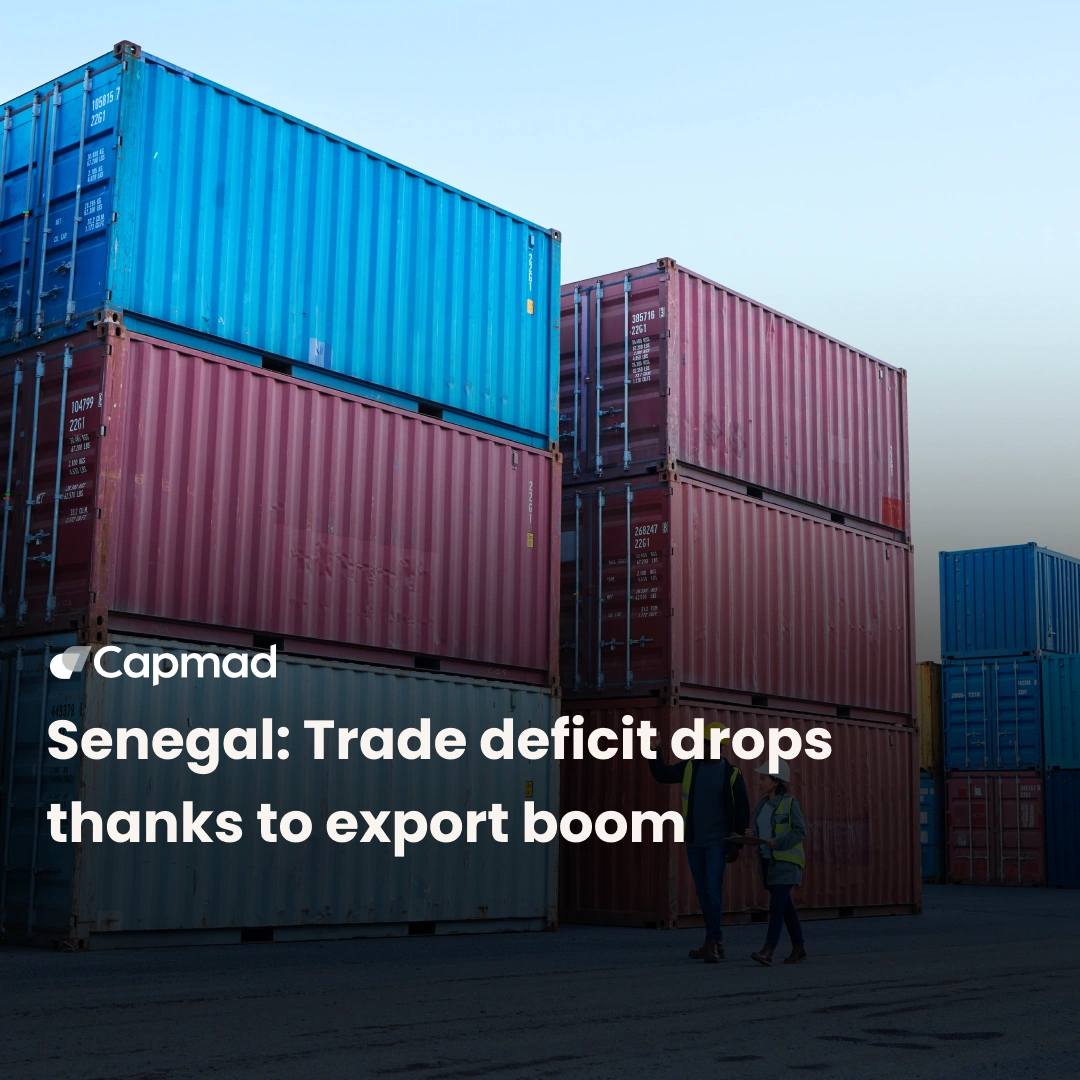Kenya’s exports within the EAC and COMESA have surged in the third quarter, reducing its trade deficit. The East African region and the Common Market for Eastern and Southern Africa (COMESA) are the primary trading blocs for Kenyan exports.
Increasing trade for Kenya
Kenya’s exports to its East African Community (EAC) counterparts witnessed a notable upswing in the third quarter of 2023, aligning with the nation’s efforts to curtail its substantial import expenditures.
Africa remains a pivotal export destination for Kenya, especially with economies progressively moving towards implementing the African Continental Free Trade Area (AfCFTA). Official data from the Kenyan government reveals that the East African region and COMESA will continue to serve as Kenya’s foremost trading partners throughout July-September 2023.
As per the Kenya National Bureau of Statistics (KNBS), Kenya’s exports to the EAC reached 496.7 million USD, marking a significant increase compared to 431 million USD recorded during the corresponding period in 2022.
COMESA/EAC : Key markets for Kenyan exports
Kenya’s export revenue to Uganda (27.7%), Tanzania (32.1%), South Sudan (64.4%), and the Democratic Republic of the Congo (78.6%) has seen significant growth. « Specifically, these exports include cement to Uganda; lubricants and food preparations to South Sudan; wheat flour, food preparations, and preparations of organic surface-active agents to the Democratic Republic of the Congo; and re-exports of jet fuel-type kerosene to Tanzania », stated KNBS in its latest report on balance of payments and international trade.
During the quarter, exports to the COMESA market reached 558.5 million USD, compared to 454.6 million USD in 2022. However, imports from both blocs declined to 173.4 million USD and 221.8 million USD, respectively, compared to 179.2 million USD and 212.3 million USD in 2022.
China remains the primary source of imports
During the third quarter of 2023, import expenditures totaled 4.1 billion USD, marking a 1.6 % decrease compared to the same period in 2022. The KNBS attributes « This decline primarily to a reduction in the value of imported petroleum products. »
Similarly, expenditures on imported iron, steel, and chemical fertilizers saw significant drops of 32.2 % and 72.4 % during this timeframe. Other products experiencing declines include :
- Medical and pharmaceutical products (4.8 %)
- Textiles and related products 13.2 %)
- Papers and cardboard (17.9 %)
- Structures of iron, steel, or aluminum 45.1 %)
- Liquefied propane and butane (17.1 %)
However, expenditures on imported sugars, molasses, and honey more than doubled, reaching 96.9 million USD in the third quarter of 2023. Meanwhile, expenditures on imported industrial machinery increased from 383.3 million USD to 451.4 million USD during the same period.
Economic analysis reveals that most import expenditures during the third quarter of 2023 were allocated to non-food industrial supplies, fuels, and lubricants. Notably, expenditures on essential products in the food and beverage category surged by 43.1 % compared to the third quarter of 2022. China remained Kenya’s largest importer, leading in the markets of the Far East, including India.
Kenya’s trade with the rest of the world
Total imports from the Far East to Kenya amounted to 1.7 billion USD, showing a slight decrease compared to the same period in the previous year. Imports from Russia and other regions of the world totaled 1.79 billion USD.
Imports from the European Union, a significant trading partner of Kenya, were valued at 334 million USD, compared to 337.4 million USD the previous year. Meanwhile, total exports during the third quarter of 2023 reached 1.72 billion USD, reflecting a growth of 19.6 % compared to the same quarter in 2022.
The largest share of export earnings came from the African continent, accounting for 44.4 % of Kenya’s total export revenues in the third quarter of 2023. High exports to the EAC region were supported, among other factors, by the ease of movement facilitated by the common market and integration within the EAC. Uganda and Tanzania remain Kenya’s key trading partners in the region.







